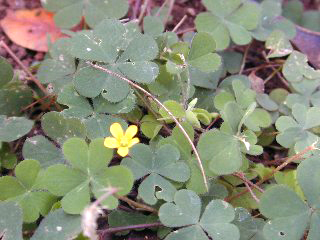
What species are selected for out-planting?
How and from where are native plants obtained?
The source of our plants brings up a concern expressed by some. Should not all of our plant material come only from the Island of O‘ahu? We do consider this a serious question, and make decisions on a species by species basis. First, we do not control the source of all the plants donated or sold to us. However, we are not planting into an existing native ecosystem or close to one (except what exists in the marsh itself). Our hope is to restore an assemblage comprising strong populations of lowland native species; we seek the widest genetic diversity to accomplish this. For the vast majority of species planted, no clear distinction exists between the species found on one island and that same species found on another island. Where such a distinction can be made at or below the variety level, we would have concern in but a very few cases. We do plant species that are not now known from the Island of O‘ahu. For out-planting purposes, our project is closer to an experimental garden than a retoration by plantings back into nature. We are creating a setting of educational and cultural significance, not an exact replica of an ecosystem that existed hundreds of years ago. We do not wish to exert the kind of control over what comes in that such "perfection" would require <1>.

• Oxalis corniculata L.
‘ihi‘ai (yellow wood sorrel, above) is a moderately common weed in lawns and gardens. However, documentation exists that this species was present in Hawai‘i before the arrival of Capt. Cook. Although possibly an indigenous species, it is more likely an early Polynesian introduction, perhaps accidental along with purposeful canoe plans. Either way, you will see this small ground cover preserved at Nā Pōhaku o Hauwahine, especially along the trails where it appears in abundance in the wet season. It is not a clover.
How are the plants planted and watered?
As a general rule, plants are moved out of the nursery as fast as possible to avoid them developing an attachment to regular watering or any special care. The watering done at Nā Pōhaku o Hauwahine at planting is usually the only water we provide the plant. If conditions become drier than expected, an additional watering may be called for a week later. After that, the plants are on their own.